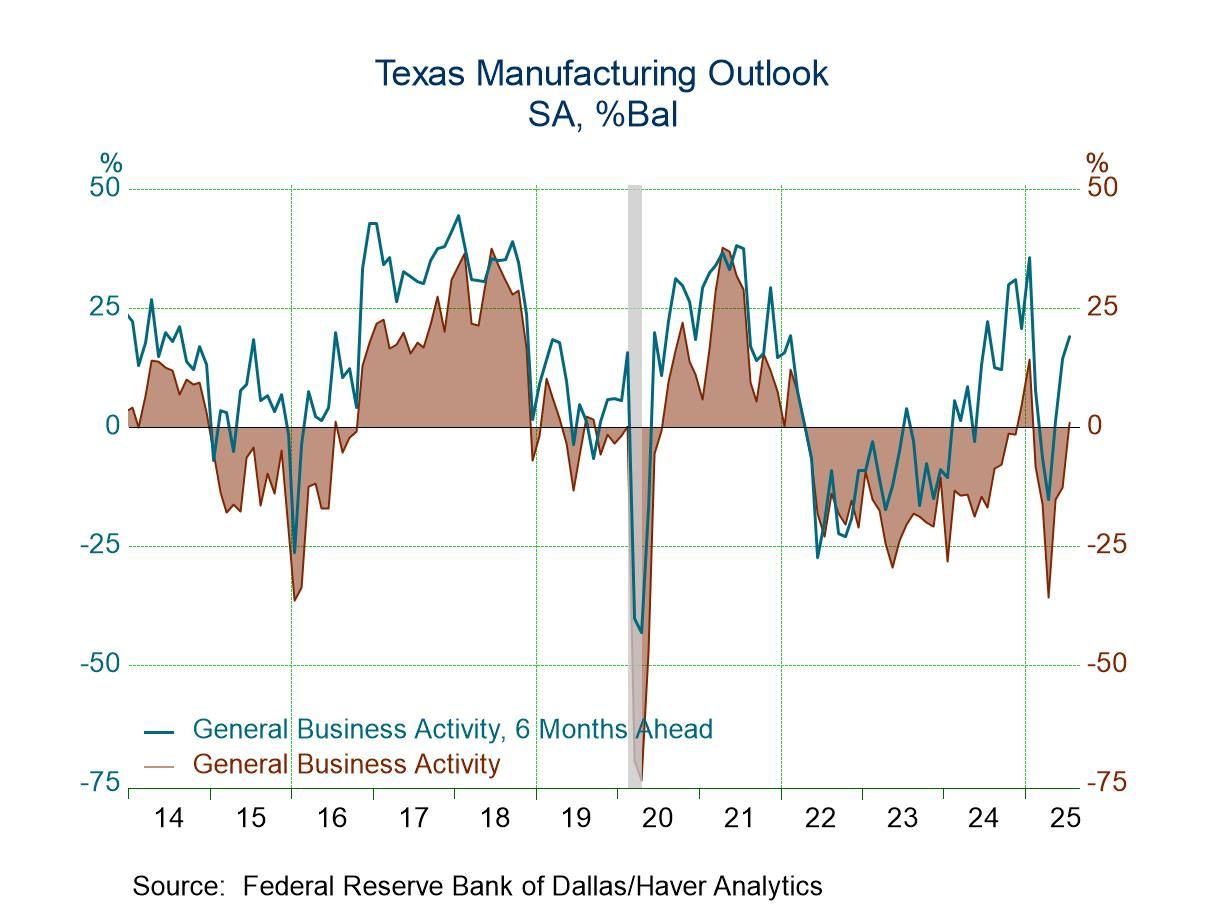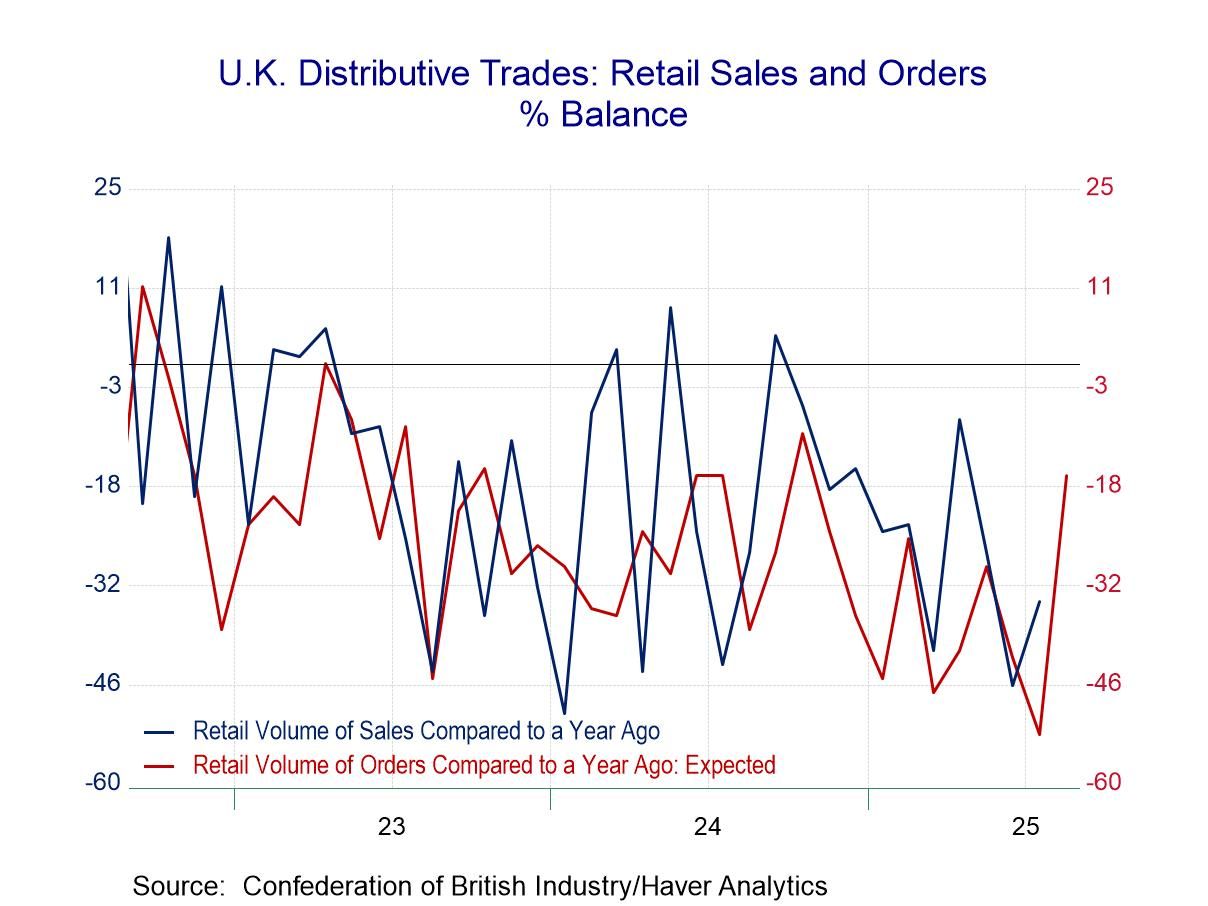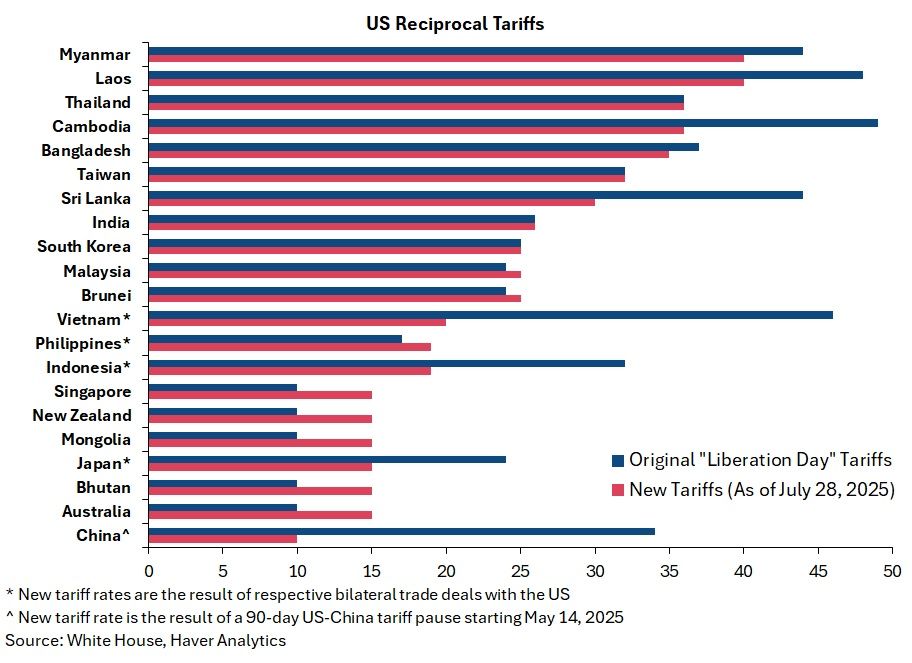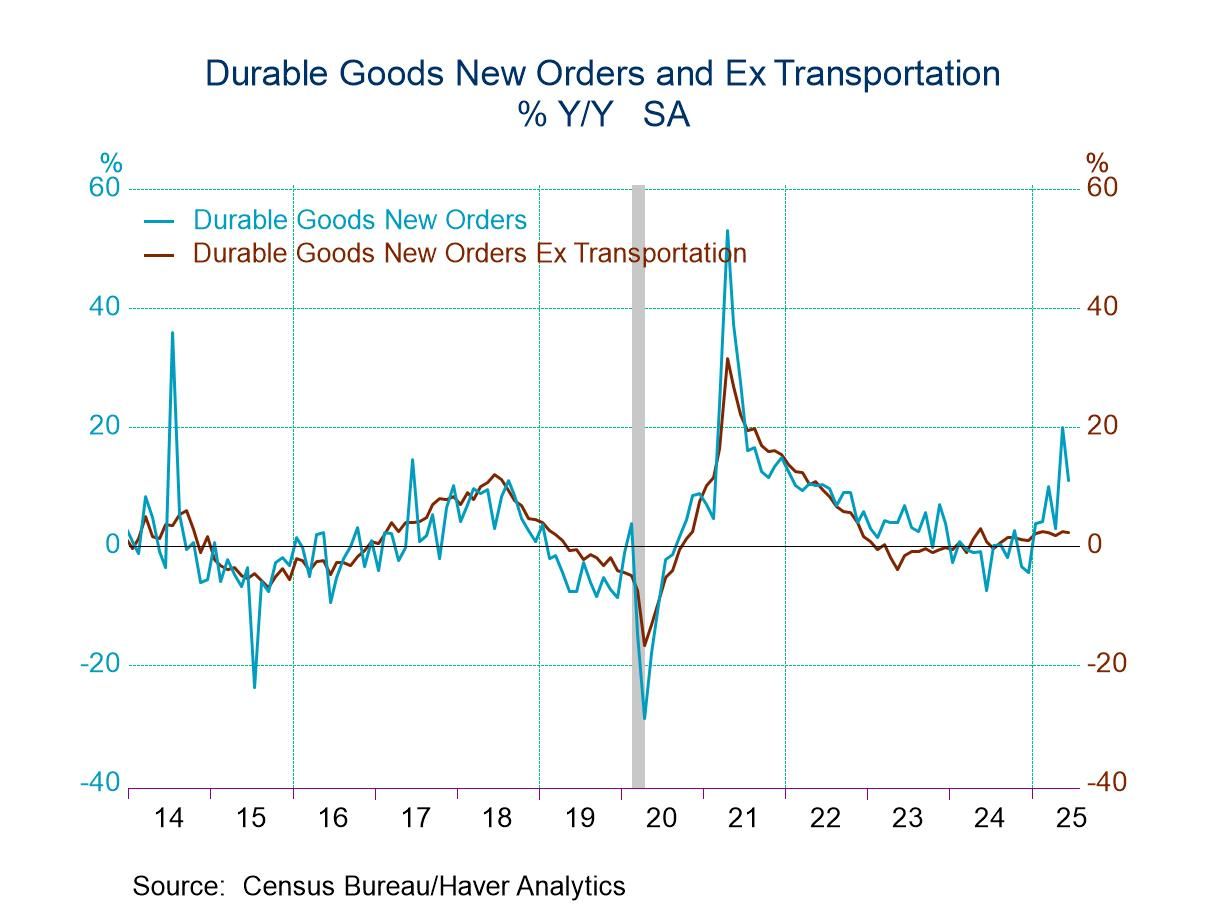U.S. Construction Spending Rises for the 10th Consecutive Month in October
Summary
- Construction spending +0.6% m/m in Oct., higher than expected; +10.7% y/y, highest since Aug. ’22.
- Residential private construction recovers 1.2% m/m, led by a 2.0% rebound in home improvement.
- Nonresidential private construction increases for the 16th time in 17 months.
- Public sector construction continues its string of gains, reflecting rises in both residential and nonresidential public construction.


The value of construction put in place rose 0.6% m/m in October after a downwardly revised 0.2% increase in September (+0.4% initially) and an upwardly revised 2.1% gain in August (+1.0% previously), according to the U.S. Census Bureau. The October reading registered the 10th straight monthly rise. A 0.4% m/m increase had been expected in the Action Economics Forecast Survey. The year-on-year rate accelerated to 10.7% in October, the highest since August 2022, from 9.7% in September; the latest y/y reading was higher than 8.6% in October 2022 but below a peak of 16.5% in April 2022.
Private construction was up 0.7% (9.2% y/y) in October after essentially unchanged in September (+0.4% initially) and a 2.2% gain in August (+1.0% previously). The October reading was the fifth m/m increase in six months. Residential private construction rose 1.2% (0.7% y/y) in October, the second m/m rise in three months, reversing a 0.2% decline in September. Home improvement building rebounded 2.0% (-2.0% y/y), the second m/m gain in three months, following a 2.0% September drop; it was 38.5% of the residential private construction. Single-family building rose 1.1% (-1.4% y/y), the smallest of six successive m/m increases, after a 1.4% September rise; it was 46.2% of the residential private construction. Multi-family building, however, fell 0.2% (+16.7% y/y) following a 0.1% September downtick and 13 consecutive m/m increases; it was 15.3% of the residential private construction.
Nonresidential private construction ticked up 0.1% (22.4% y/y) in October, the 16th m/m gain in 17 months, after a 0.2% increase in September. The October marginal gain reflected m/m rises of these nonresidential private constructions: religious (1.2%; 34.8% y/y), utilities (1.2%; 11.6% y/y), manufacturing (0.9%; 71.6% y/y), transportation (0.4%; 5.8% y/y), communication (0.3%; 1.1% y/y), and office (0.1%; 7.3% y/y). In contrast, the following nonresidential private constructions fell m/m in October: commercial (-1.5%; +5.5% y/y), health care (-0.7%; +13.2% y/y), lodging (-0.4%; +11.1% y/y), and amusement & recreation (-0.2%; +3.3% y/y). Meanwhile, educational private construction held steady (25.7% y/y) in October following three straight m/m increases.
The value of public construction grew 0.2% (16.4% y/y) in October, the 14th straight m/m advance, after a 1.1% gain in September (+0.4% initially), reflecting rises of 1.6% (17.6% y/y) in residential public construction and 0.2% (16.4% y/y) in nonresidential public construction. The following nonresidential public constructions rose m/m in October: public safety (4.8%; 23.2% y/y), conservation & development (2.3%; 23.2% y/y), water supply (1.5%; 15.3% y/y), and educational (0.4%; 16.5% y/y). To the downside, the following nonresidential public constructions dropped m/m in October: commercial (-1.7%; -0.3% y/y), office (-0.6%; +18.1% y/y), transportation (-0.6%; +8.6% y/y), amusement & recreation (-0.4%; +16.1% y/y), utilities (-0.3%; +55.9% y/y), and sewage & waste disposal (-0.1%; +27.2% y/y). Notably, spending on highways & streets, which makes up 29.5% of public construction spending, fell 0.3% (+12.7% y/y) in October following a 0.4% September decline and five successive m/m increases. Meanwhile, health care public construction was virtually unchanged (+7.2% y/y) in October following two consecutive m/m rises.
The construction figures can be found in Haver's USECON database. The expectations figure is from the Action Economics Forecast Survey in AS1REPNA.


Winnie Tapasanun
AuthorMore in Author Profile »Winnie Tapasanun has been working for Haver Analytics since 2013. She has 20+ years of working in the financial services industry. As Vice President and Economic Analyst at Globicus International, Inc., a New York-based company specializing in macroeconomics and financial markets, Winnie oversaw the company’s business operations, managed financial and economic data, and wrote daily reports on macroeconomics and financial markets. Prior to working at Globicus, she was Investment Promotion Officer at the New York Office of the Thailand Board of Investment (BOI) where she wrote monthly reports on the U.S. economic outlook, wrote reports on the outlook of key U.S. industries, and assisted investors on doing business and investment in Thailand. Prior to joining the BOI, she was Adjunct Professor teaching International Political Economy/International Relations at the City College of New York. Prior to her teaching experience at the CCNY, Winnie successfully completed internships at the United Nations. Winnie holds an MA Degree from Long Island University, New York. She also did graduate studies at Columbia University in the City of New York and doctoral requirements at the Graduate Center of the City University of New York. Her areas of specialization are international political economy, macroeconomics, financial markets, political economy, international relations, and business development/business strategy. Her regional specialization includes, but not limited to, Southeast Asia and East Asia. Winnie is bilingual in English and Thai with competency in French. She loves to travel (~30 countries) to better understand each country’s unique economy, fascinating culture and people as well as the global economy as a whole.






 Asia
Asia